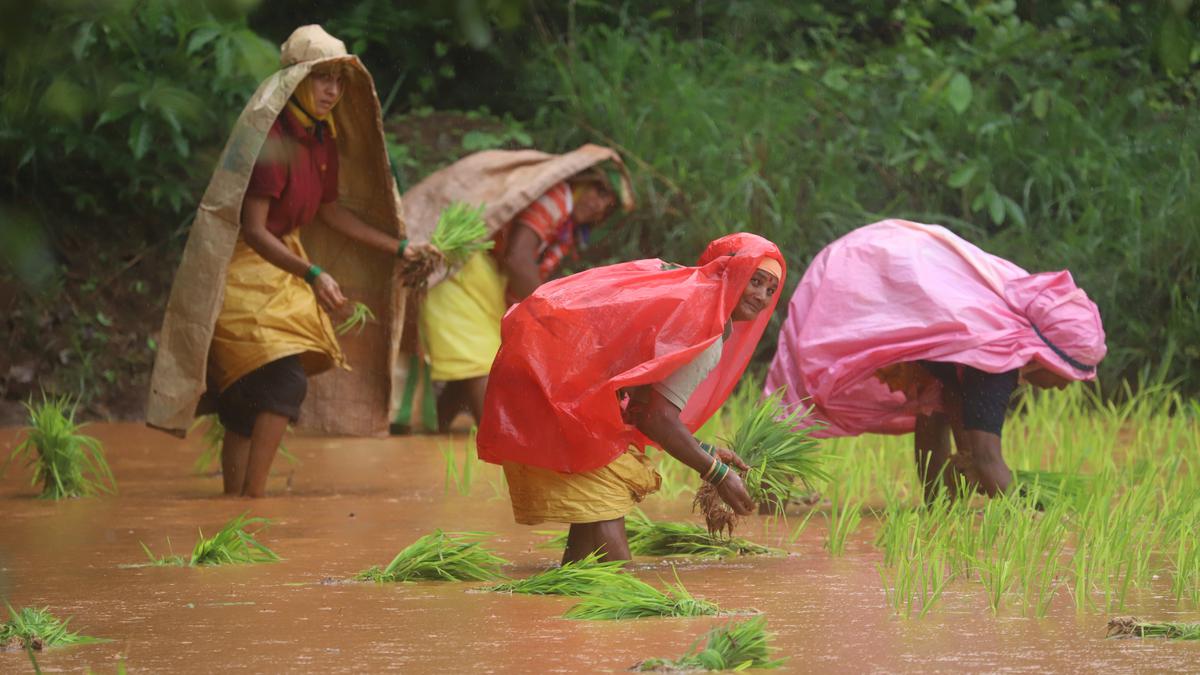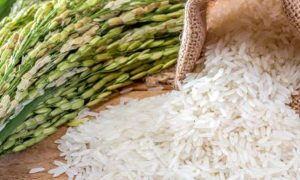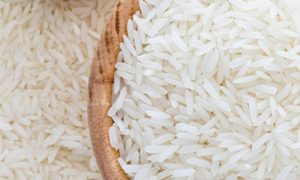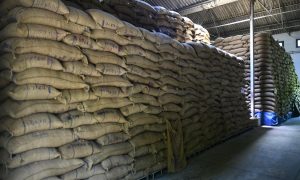Price of rice rises by 15% due to erratic rainfall in Karnataka, hike in MSP

For people in the predominantly rice-consuming regions, the last few weeks have been tough as the price of rice has increased on an average by 15%.
A slew of reasons — including lower production due to heavy rainfall last year, fears over low production due to delayed monsoon this year and a general rise in the minimum support price for paddy — have all contributed to spurt in the price of rice, industry experts say.
Extent of price rise
The price of rice in Bengaluru started moving upwards since the second week of July. The wholesale price of sona masuri, a popular variety consumed in Karnataka, has reached ₹60 per kg from the earlier ₹48 to ₹50 per kg and the retail price is normally at least 10% above the wholesale price. Rajamudi, a popular variety in South Karnataka, that cost between ₹62 and ₹64 a kg, now costs between ₹70 and ₹74 a kg.
“There is a big concern about the paddy production in the light of erratic rainfall. Sowing is yet to be completed due to deficient rainfall at several places. Regular rice such as steam rice and raw rice among others have seen an increase by 20%,” Ramesh Chandra Lahoti, Chairman of Yeshwanthpur APMC Yard Coordination Committee, said. “The rice used for idli, dosa and those used by BPL families has increased from about ₹30 a kg to ₹36 a kg, which is about 20%. This has been the sharpest increase in the price of rice in recent times.”
When it may go down
The industry sources said that the price is expected to thaw by November when the Kharif season harvest is completed. While the supply has tightened in Karnataka, rice is also coming into Karnataka at a higher rate from Maharashtra, Chhattisgarh and Andhra Pradesh, according to rice traders. The price, industry experts say, has now somewhat stabilised after the Centre imposed a ban on exports of non-basmati rice.
According to B.V. Krishna Rao, president of Rice Exporters’ Association, the price of white rice increased this year as the Centre revised the minimum support price by 7% for paddy as it increased the MSP from ₹2,040 per quintal to ₹2,183 per quintal. “Generally, the prices move up between June and August, and this year it is more due to increased MSP. The stocks also dwindled due to rainfall-related crop damage in Uttar Pradesh, Bihar and Jharkand last year. The ban on exports will cool down prices and the price will come down between ₹2 and ₹4 per kg depending on the variety.” The ban on export of white rice will help in bringing down the prices as 80% of the rice consumed in the country is white rice, he added.
In Karnataka farmers grow “preferred variety of rice” that is of higher quality, and do not contribute to the Food Corporation of India basket. However, the increase in MSP that mostly attracts “PDS variety” also pushed up the prices of the “preferred variety” in Karnataka, Mr. Rao explained.
What millers say
Meanwhile, shortage of paddy in the market is being felt by the rice millers in the State as sufficient quantity of paddy is not available. “Paddy stock with millers is down. Sufficient stock build up did not happen during the harvest time last year. Large quantities of paddy also went from Karnataka to other states soon after the harvest,” said N.R. Srinivas, Vice President of Karnataka State Rice Millers’ Association. Blaming the delay in banning the exports of non-Basamati rice and fall in production last year due to heavy rains for the current situation, he said, “Procurement of paddy from other states is also difficult since the current problem is a national phenomenon.”















